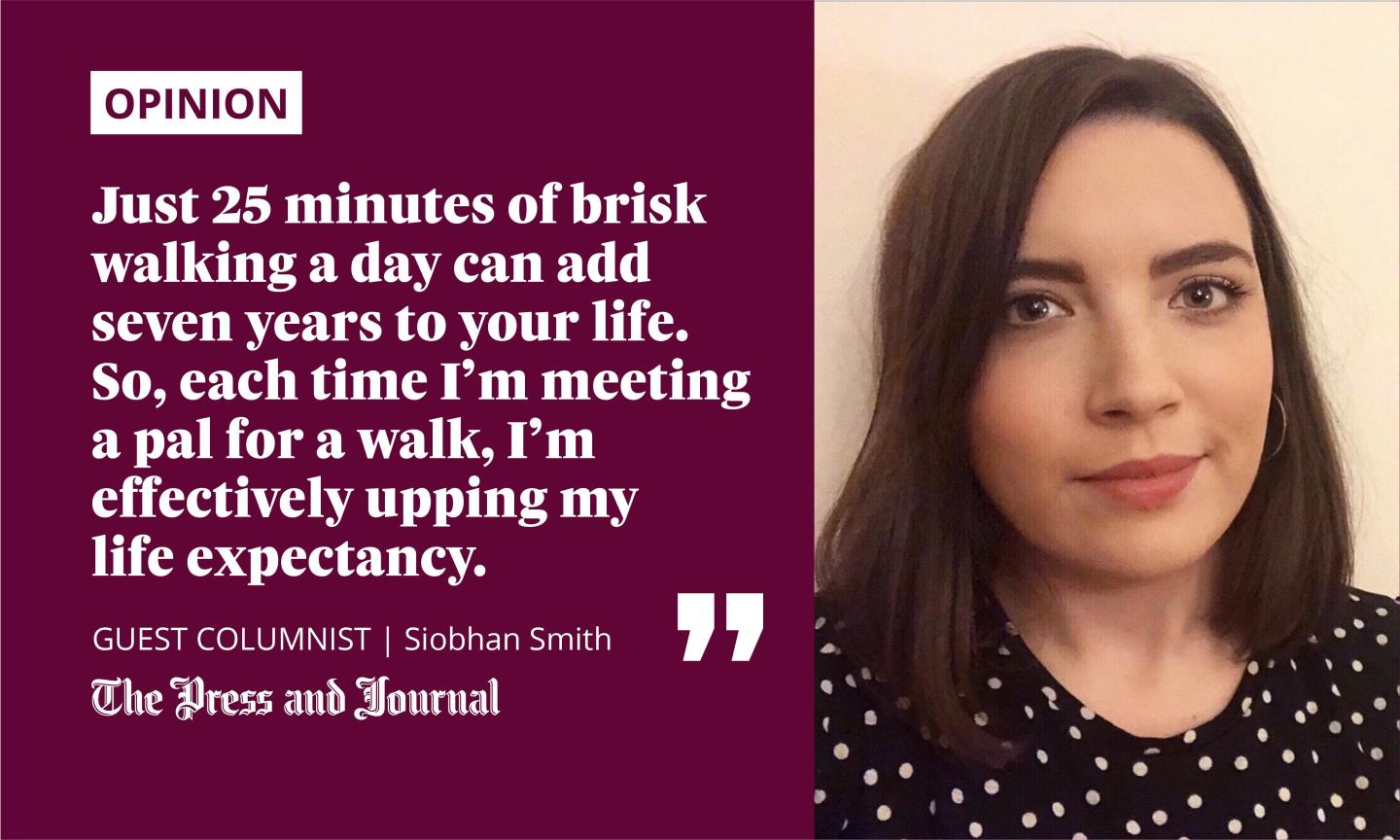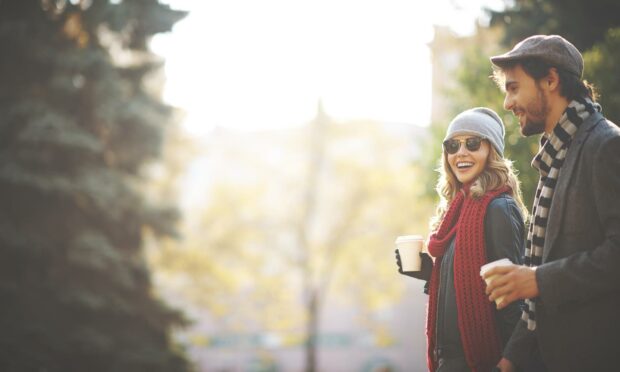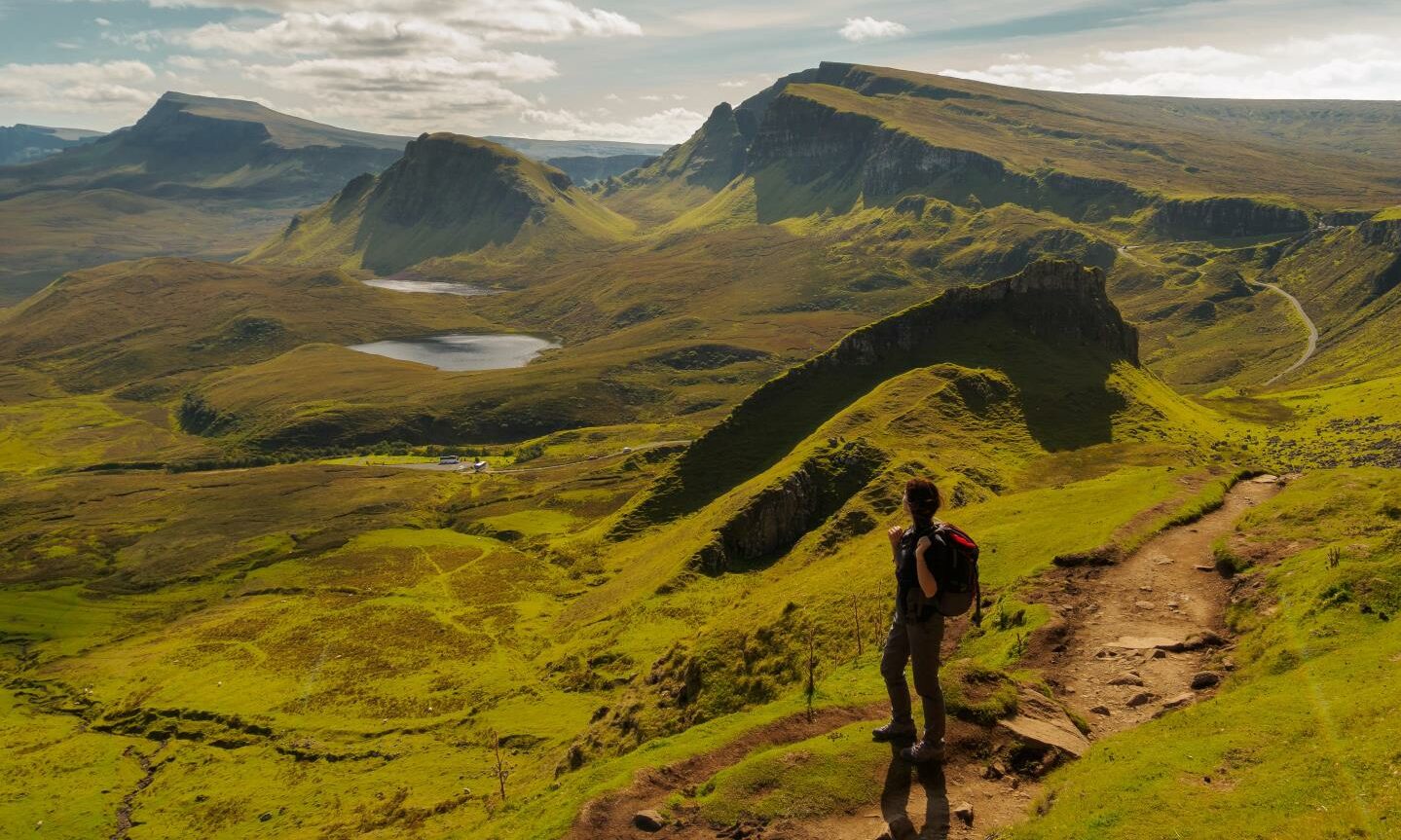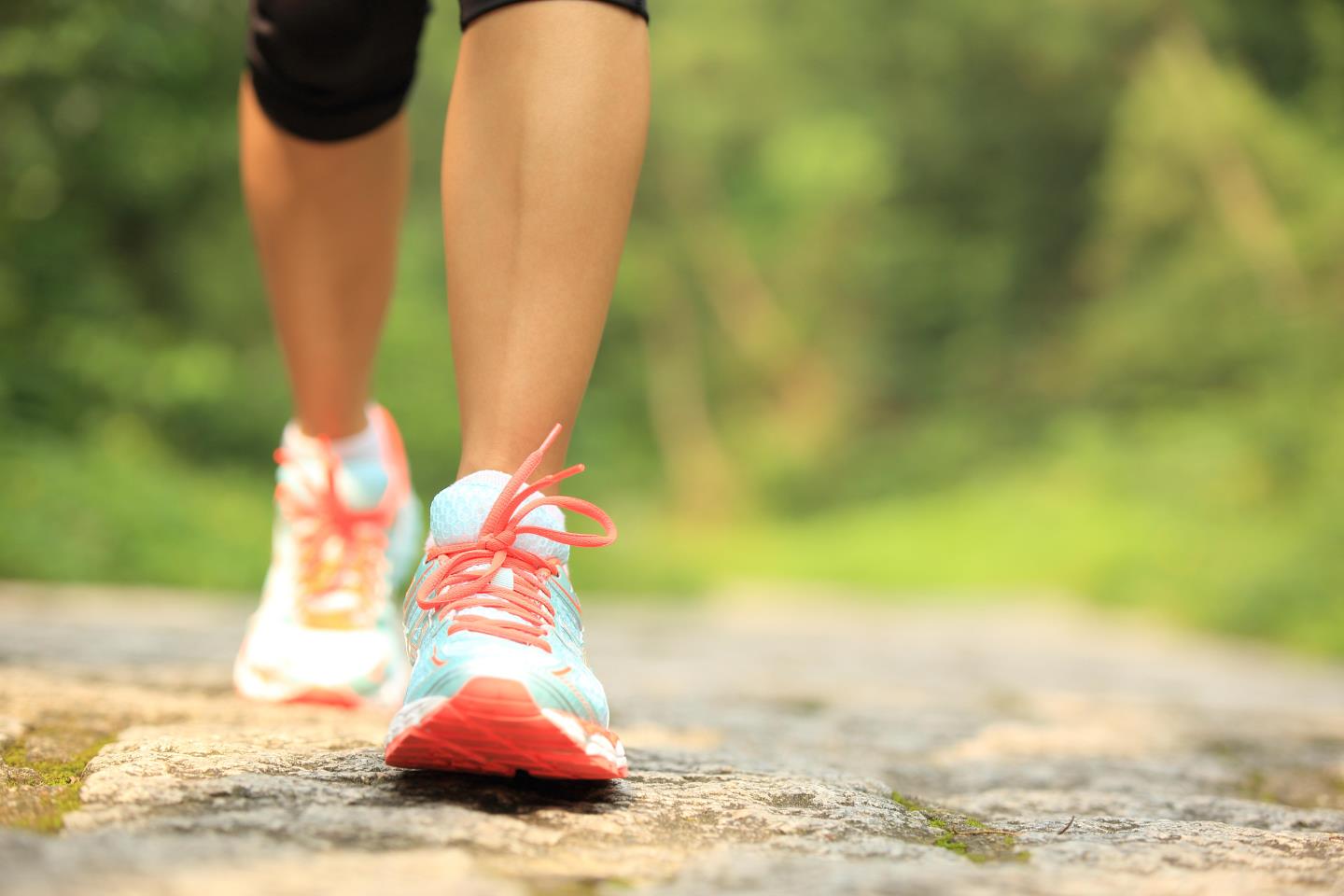It was the depths of winter, early 2021.
As I was trudging around the streets where I live with my best friend, being pelted with hailstones and sideways sleet (absolute dedication to maintaining a friendship right there), we spoke about how we couldn’t wait to be allowed to go to the pub again.

We discussed what we would order the next time we were able to go out for dinner, and imagined what it would feel like to dance again. We fantasised about watching live music, and got excited at the thought of being able to sit inside each other’s houses and drink tea.
Just anything – anything but walking.
Walking for fun?
I have never walked as much for “fun” as I have over the last 18 months. Yes, I used to walk. But I walked to get places. I walked with purpose; to the pub, the theatre, occasionally the gym, the train station. All the way home from work on a sunny day.
Every so often, I’d even go for a walk up a hill, or through a forest. But the walking was almost always for a reason, or with a final destination in mind.
Then came the pandemic. The easiest (and, at times, only) way to socialise was to walk – especially if you didn’t have a garden. I went from going out for dinner and drinks multiple times a week to going for several “social walks” per week.
I’d meet best friends, taking it in turns to tour the streets of our different neighbourhoods with thermos flasks of tea – keeping our distance while being comforted by “real life” contact. I’d loop around parks, over and over again, with my mum and sister. Instead of going on dates with my boyfriend, we’d tour different outdoor hotspots – and, you guessed it… we’d walk.
In lots of ways, it transported me back to simpler, wholesome and comforting times. Meeting a friend for a walk after school used to be the social activity of choice (read: only activity available). But, as an adult, very rarely would I meet a friend just to… walk, nowhere in particular.
It also opened up the option of socialising with new people, who I wouldn’t usually have suggested meeting up with: friends of friends, distant colleagues who used to work in the same building as me, people who I follow on Instagram but don’t know well enough to have their phone number.
Floating the idea of meeting for an hour, to casually swing round the local park felt much less pressured than going out for a drink or food. And, crucially, it was easier to say our goodbyes at the end, without awkwardness. There are only so many loops of one park you’re realistically going to do before things come to a natural end.
61% of Scots are walking more
I’m definitely not alone in my new appreciation of walking – according to Living Streets Scotland, 61% of Scots are walking more than they did before the pandemic. And a 2021 study commissioned by the BBC found that 38% of people plan to continue walking more than they did pre-Covid, making it a long term legacy of the pandemic.
It’s not all about friendship, either. The increased uptake of walking has bled into several other areas of life: meetings on the move, al fresco first dates, “walking and talking” therapy.
Whether it’s getting some fresh air while you brainstorm or testing the water before committing to dinner with a Tinder date, the nature of walking side by side with another human can make communication feel easier than sitting face to face, across a conference or coffee table.
On top of all of this, it’s bloody good for you, both mentally and physically. Just 25 minutes of brisk walking a day can add seven years to your life. So, each time I’m meeting a pal for a walk, I’m effectively upping my life expectancy: win-win.
Risks for women
Although things are back to “normal” now and we can go to pubs, restaurants, cafes, and even gigs, I find myself hoping that walking as an alternative social activity will continue. Not only has it upped my step count, it has opened up a new part of my social life – one that doesn’t involve spending money, or drinking copious amounts of booze.
Sadly, there are risks and fears associated with being out and about at night time – especially for women – but I’d like to think that it’s something I will be able to carry on with as winter arrives.
Still, as always, I won’t be walking alone. I’ll be meeting friends during the day, or in well-lit places, and – as has become a natural part of life – each walk will end with a “text me when you’re home” instruction, as standard.
Siobhan Smith is a freelance journalist and TV development executive


